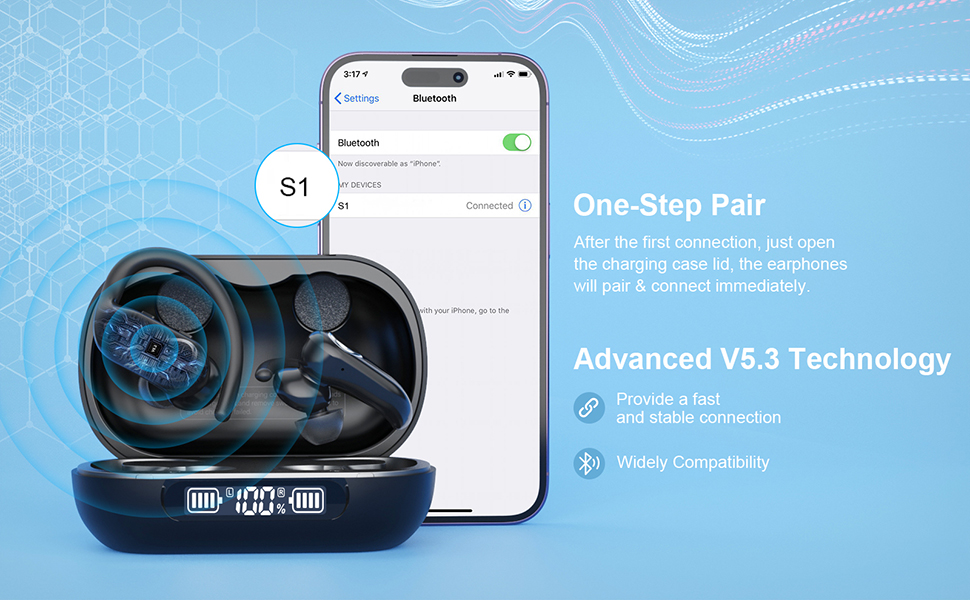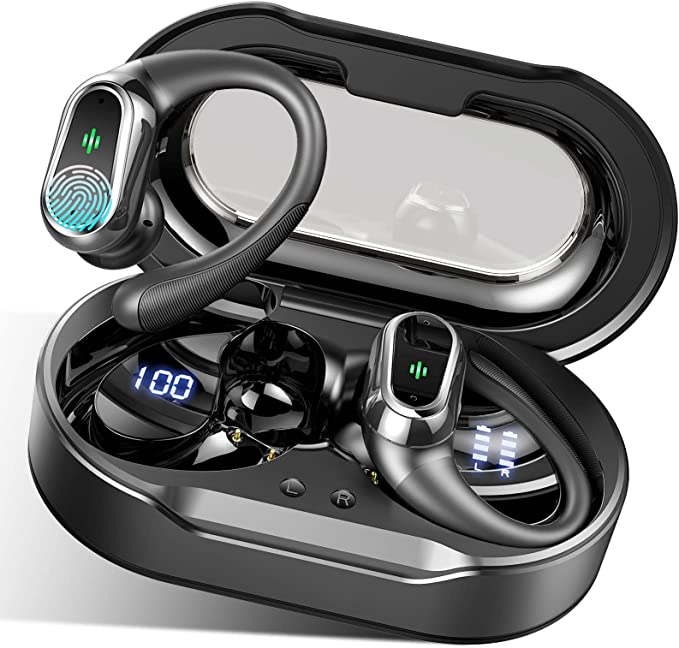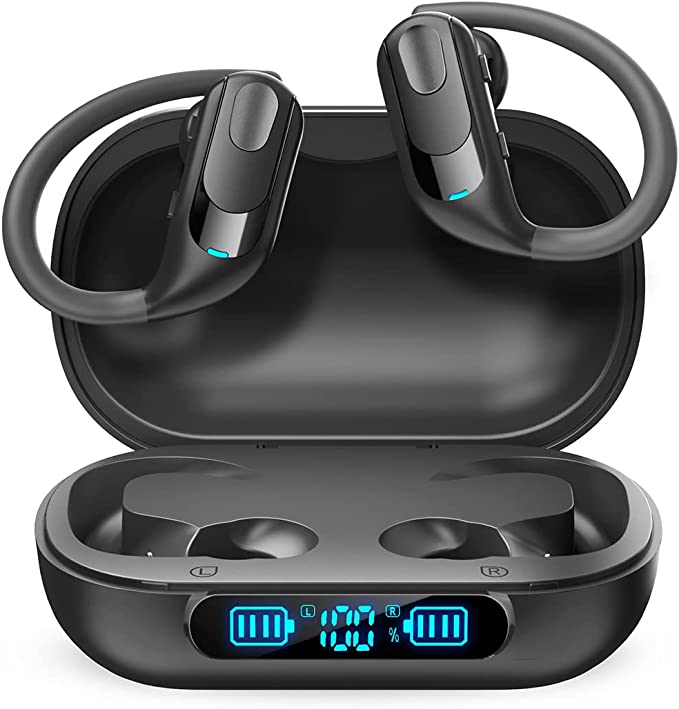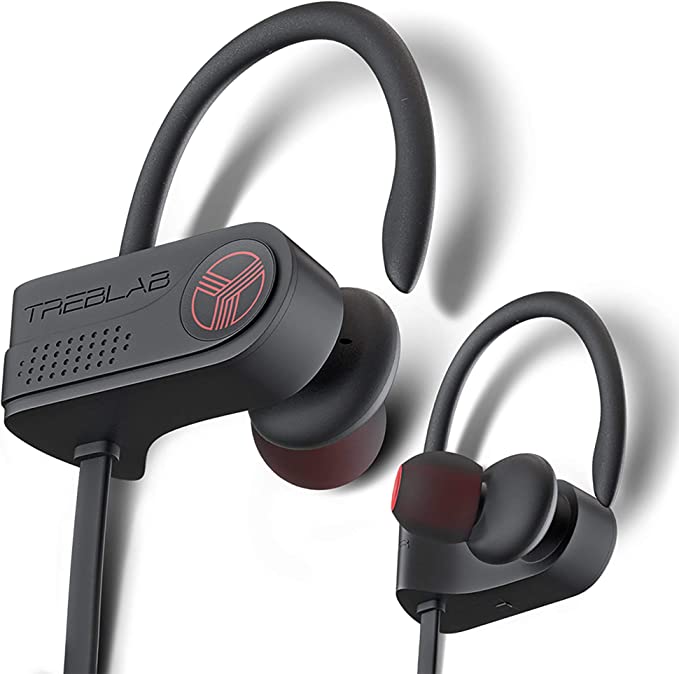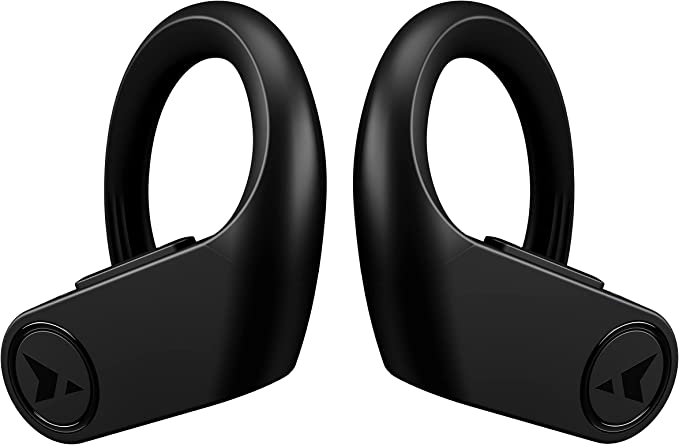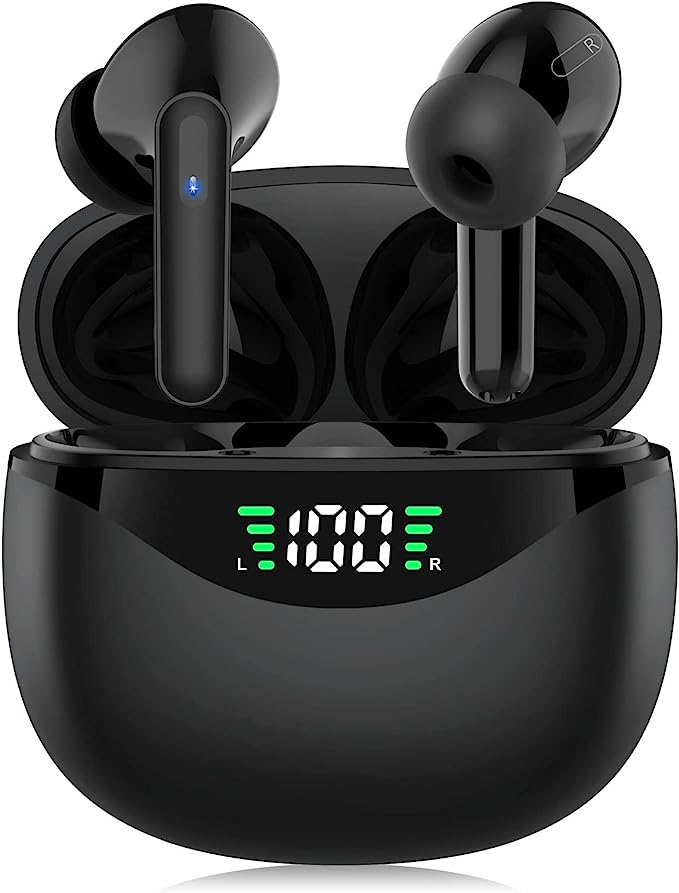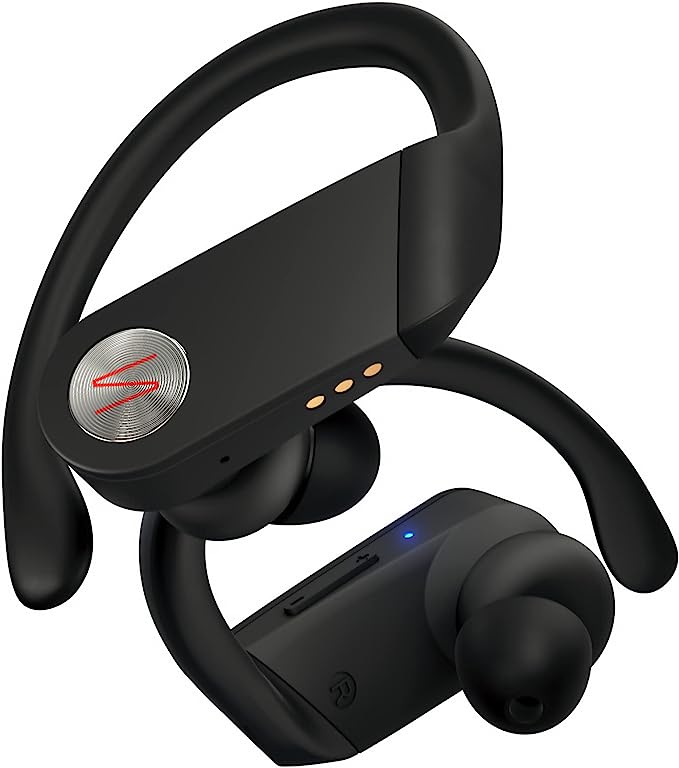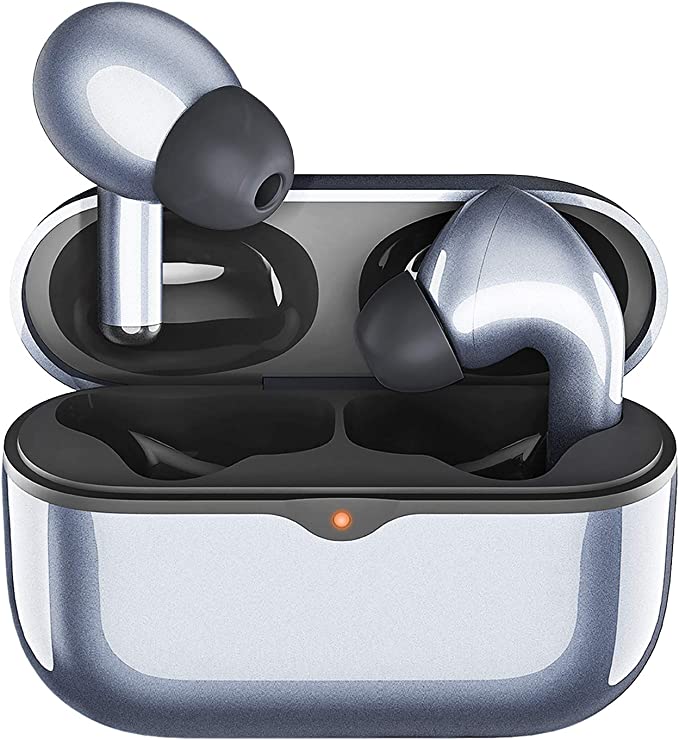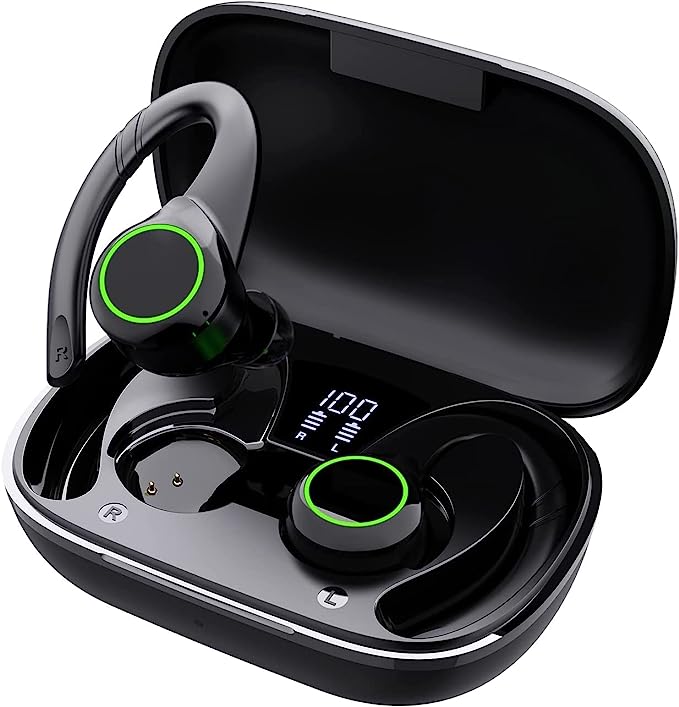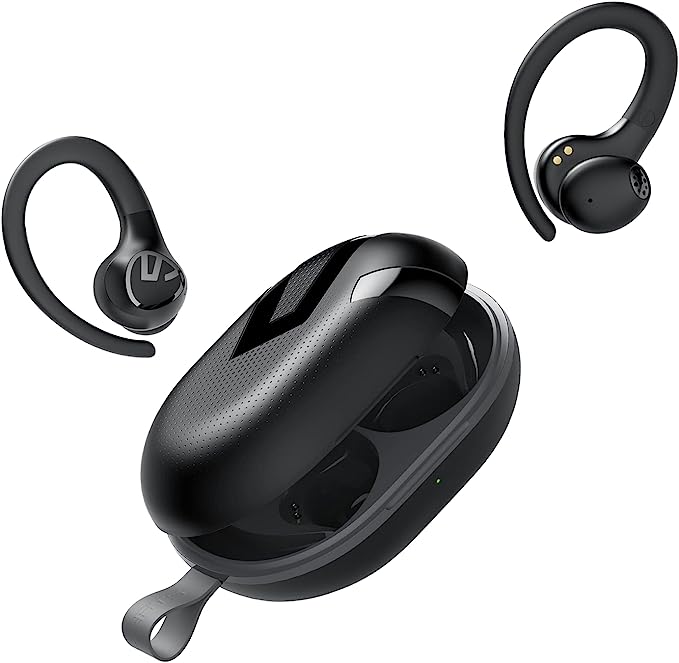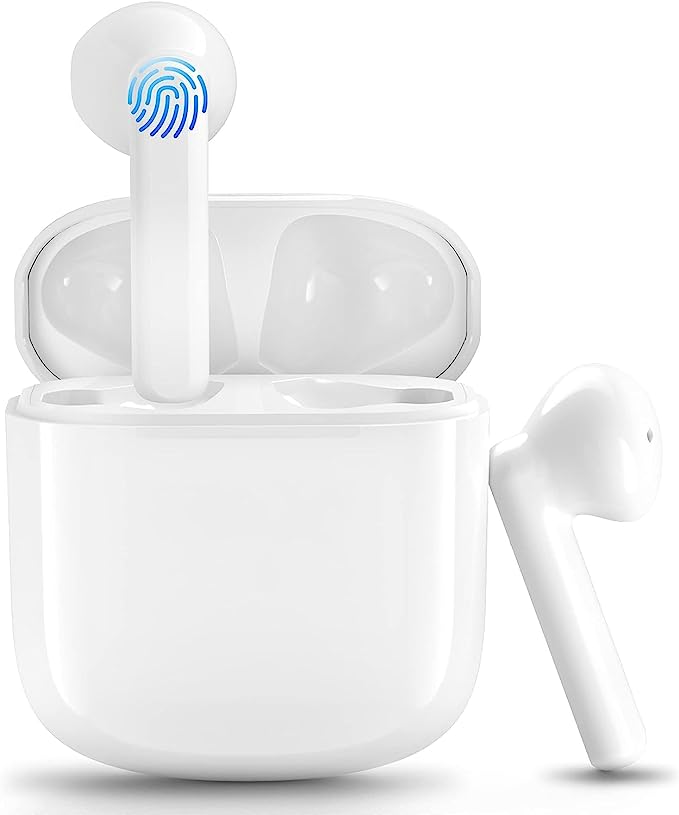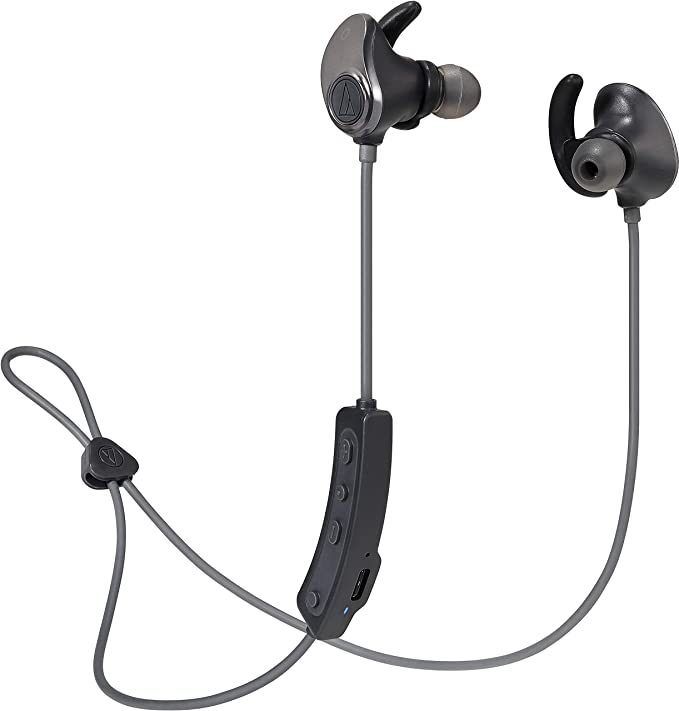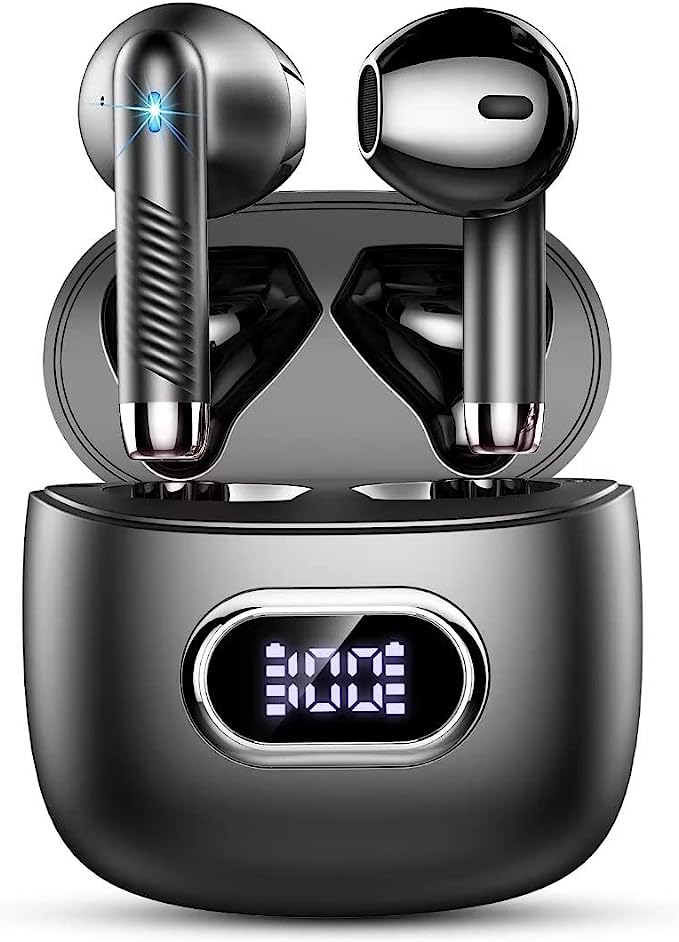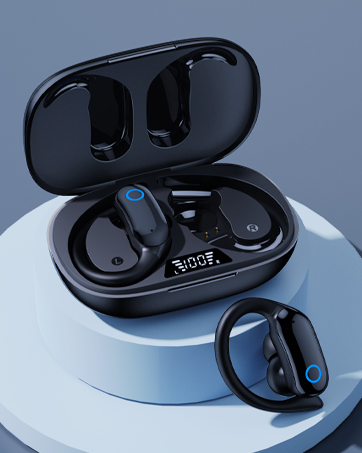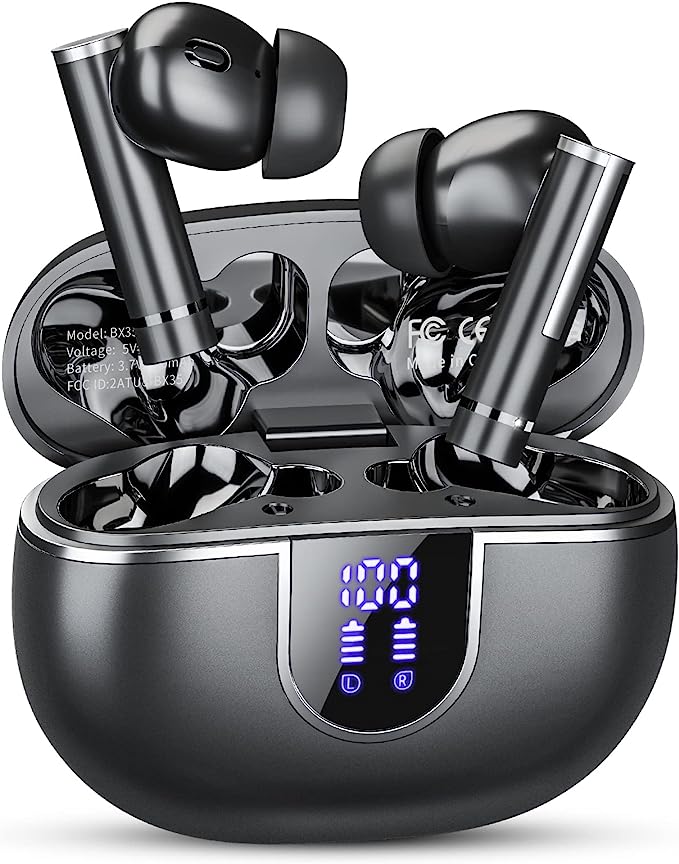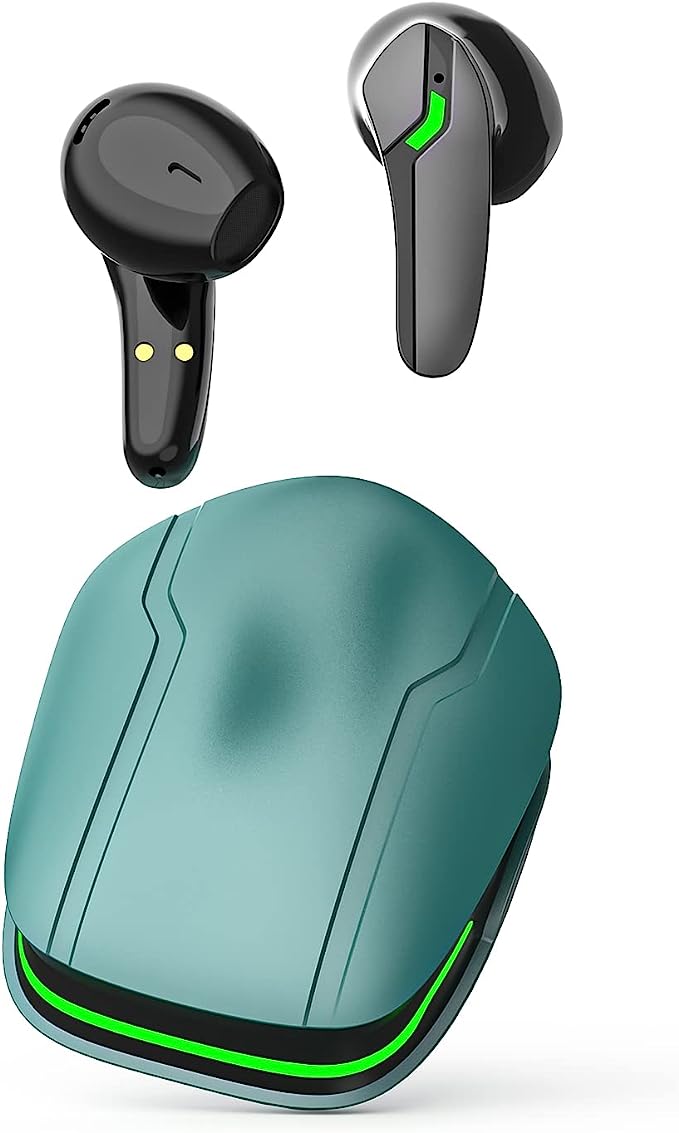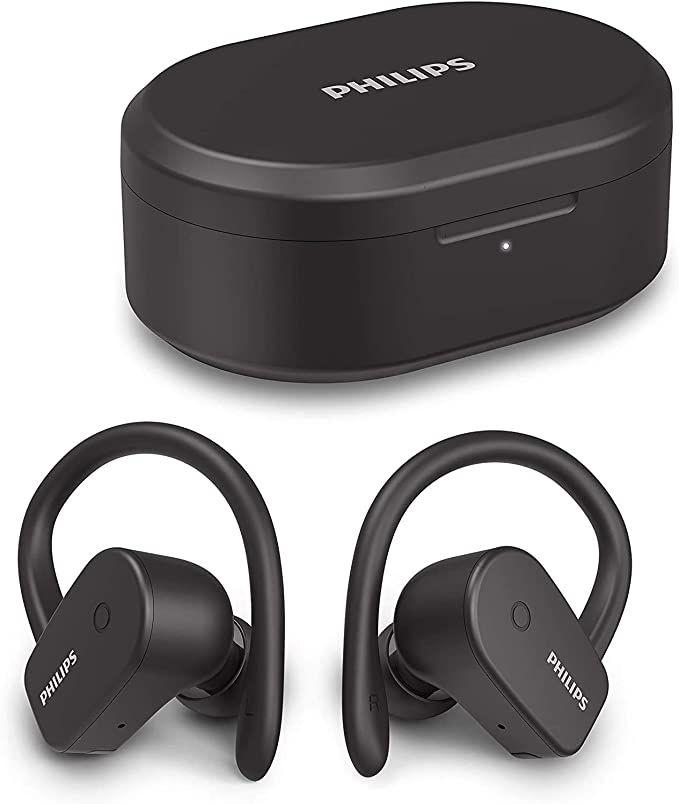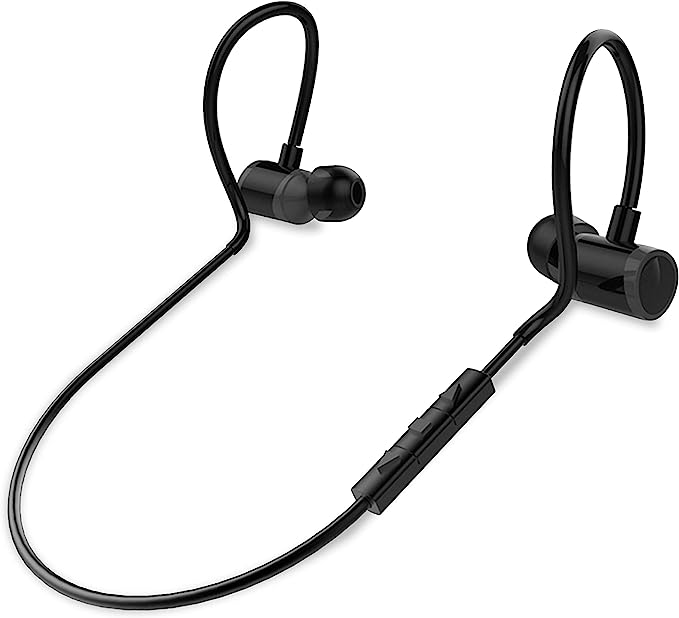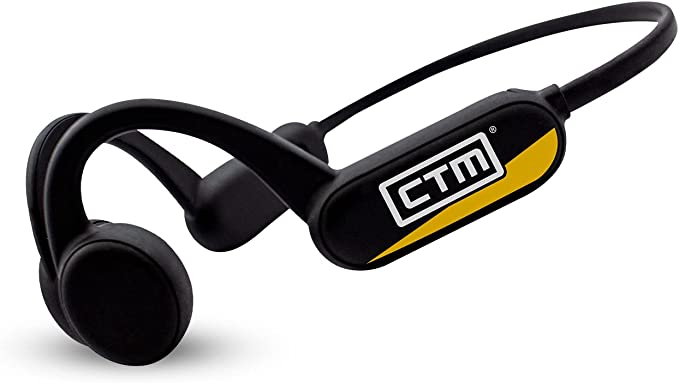TRANYA T40 Wireless Earbuds: The Science Behind Secure Fit and Deep Bass for Active Lifestyles
Update on April 13, 2025, 8:55 a.m.
There’s a unique kind of frustration familiar to anyone who relies on music to power through a workout. It’s the moment your earbud, defying all hope, tumbles out mid-sprint. It’s the accidental track skip caused by a sweaty finger grazing a hyper-sensitive touch control. It’s the nagging worry that a sudden downpour might silence your soundtrack for good. In a world chasing the sleekest designs and flashiest features, sometimes what we truly crave is simple reliability. The TRANYA T40 wireless earbuds, born in an era already leaning towards minimalism, seem to embrace this idea, prioritizing features designed specifically to combat these common athlete annoyances. But are these design choices merely old-fashioned, or is there sound science and thoughtful engineering at play? Let’s dive in and explore the why behind the T40’s sport-focused build.

The Anchor: Why Ear Hooks Defy Gravity
Perhaps the most striking visual feature of the T40 is its integrated ear hooks. Why opt for this seemingly bulkier design when countless earbuds strive for near-invisibility? The answer lies in basic physics and an understanding of the forces at play during exercise. Standard earbuds rely on a snug fit within the ear canal, using friction and pressure to stay put. This often works fine for casual listening, but introduce the sharp impacts of running, the head movements of cross-training, or even just the dislodging effect of sweat, and that delicate balance is easily disrupted.
The ear hook, however, employs a different strategy. Think of it as an anchor for the earbud. By looping gently over the top of your outer ear (the pinna), it leverages the ear’s natural structure to counteract downward forces – gravity, the bouncing motion of exercise, the slight pull of the earbud’s own weight. This distribution of force means the earbud isn’t solely reliant on the ear canal for stability. The T40’s hooks are described as “soft, flexible,” aiming to achieve this stability without undue pressure or discomfort during longer sessions. Combined with the right size silicone ear tip (three sizes are provided) to create a good seal in the canal, the goal is a secure fit that stays put, letting you focus on your form, not on rescuing a runaway earbud. It’s a pragmatic application of basic biomechanics, designed for confidence in motion.

The Heartbeat: The Power and Potential of a 13mm Driver
Inside each T40 earbud resides a 13mm dynamic driver – the miniature speaker creating the sound. In the world of earbud drivers, 13mm is notably large; many common earbuds use drivers around 6mm to 10mm. Does bigger automatically mean better? Not necessarily, but it does change the potential characteristics of the sound, especially at the low end.
Imagine a drum kit. A small snare drum produces sharp, high-pitched sounds. A large bass drum, with its much bigger drumhead, moves a larger volume of air and creates deep, resonant bass notes. A dynamic driver works on a similar principle (though electronically driven): an electrical signal moves a voice coil attached to a diaphragm (the vibrating surface), causing it to push air and create sound waves. A larger 13mm diaphragm has more surface area than a smaller one. This allows it, theoretically, to displace more air with each vibration, making it physically more capable of reproducing low-frequency sounds – the deep bass that can make music feel powerful and immersive. This physical advantage is likely why TRANYA highlights “powerful deep bass” as a key feature. It also has the potential to deliver “crisp treble,” but achieving a balanced sound across all frequencies relies heavily on tuning – how the engineers shape the final sound signature through acoustic design and possibly digital signal processing (DSP). So, while the 13mm driver offers promising hardware potential for a full-bodied sound, crucial for workout motivation, the actual listening experience depends on that careful tuning.

The Tactile Advantage: In Defense of the Humble Button
In a landscape increasingly dominated by seamless touch surfaces, the T40 makes a deliberate choice: physical buttons. This might seem like a step back technologically, but from a Human-Computer Interaction (HCI) perspective, especially in an active context, it holds significant advantages. Touch controls rely on detecting changes in capacitance when your skin makes contact. While elegant, they can be finicky. Sweat, rain, or even adjusting the earbud’s fit can trigger unintended commands. Furthermore, without a physical click, you lack definitive confirmation that your command was registered.
Physical buttons, like those on the T40, provide unambiguous tactile feedback. You feel the click, you know you’ve pressed it. This certainty is invaluable when you’re focused on your workout. Trying to execute a precise double-tap on a tiny touch surface while running is far more challenging than pressing a distinct button. The product description emphasizes this, noting button control “performs more accurate than touch control.” For users who prioritize foolproof operation during exercise, potentially even while wearing thin gloves, the slight aesthetic compromise of buttons offers a tangible benefit in reliability and reduced frustration. It’s a choice that champions function squarely over form.
The Shield: Understanding IPX5 Water Resistance
Exercise means sweat, and outdoor workouts often involve unpredictable weather. Electronics and moisture are generally a bad combination, which is why water resistance ratings are crucial for sports gear. The T40 carries an IPX5 rating. Let’s break down what that means, based on the internationally recognized Ingress Protection standard [Industry Standard knowledge]. “IP” stands for Ingress Protection. The first digit rates protection against solids (like dust); the “X” in IPX5 means it hasn’t been specifically tested or rated for dust ingress. The second digit, “5,” rates protection against liquids. A “5” signifies that the device is protected against low-pressure water jets projected from any direction.
In practical terms, IPX5 means the T40 earbuds are designed to withstand sweat and light to moderate rain (“splash water, dropped sweat light rain,” as the description puts it). The internal components are likely protected by seals and potentially a hydrophobic nano-coating that helps repel moisture. However, it’s critical to understand the limits: IPX5 does not mean the earbuds are fully waterproof. They are not designed to be submerged in water, worn while swimming, or subjected to high-pressure water streams (like a shower). Think of it as a reliable shield against the typical moisture encountered during intense workouts, enhancing durability and giving you peace of mind, but not invincibility.

The Engine: Powering Your Performance
A secure fit and robust controls are essential, but worthless if the battery dies mid-session. The T40 addresses this with respectable power management. An 8-hour playtime from a single charge covers even lengthy workouts or commutes. The charging case acts as a portable power bank, holding multiple additional charges to extend the total listening time to a claimed 40 hours. This significantly reduces the frequency of needing to find a wall outlet, adding convenience for those constantly on the go.
Connectivity is handled by Bluetooth 5.1. While not drastically different from Bluetooth 5.0 for the average user, version 5.1 includes minor refinements aimed at connection stability and efficiency [General Bluetooth knowledge]. More practically, it ensures a modern, generally reliable wireless link to your device. The mention of a “Low-Latency Game Mode” suggests a software feature designed to minimize the delay between the action on screen and the sound in your ears, which is particularly noticeable in fast-paced games, though the actual reduction in milliseconds isn’t specified.
Finally, the inclusion of a USB-C charging port is a welcome modern touch. It’s the current standard for most electronics, meaning you likely already have compatible cables, and it allows for reversible plug orientation (no more fumbling). Furthermore, USB-C often supports faster charging speeds. The T40 leverages this with a quick-charge feature: a brief 10-minute charge is stated to provide 2 hours of playtime, perfect for those moments you realize you forgot to charge your earbuds right before heading out.

Conclusion: The Sum of Its Parts – A Reliable Workout Companion
Looking at the TRANYA T40 isn’t just about listing features; it’s about understanding a coherent design philosophy. The ear hooks provide stability where standard buds might fail. The 13mm driver offers the potential for motivating, bass-rich sound. The physical buttons ensure reliable control under pressure. The IPX5 rating shields against the elements of exercise. And the solid battery life keeps the music going. These elements aren’t just tacked on; they work together to address the core challenges faced by active users.
Yes, this focus comes with trade-offs. The ear hook design inherently makes the earbuds and their case larger than sleeker, hookless alternatives. It forgoes features like active noise cancellation or transparency modes found in more premium (and often less secure or robust) models. The T40 appears to be a product built on the principle of excelling at the fundamentals required for its intended use case: providing a secure, durable, easy-to-control, and long-lasting audio experience for people in motion. By understanding the science and engineering choices behind its design, we can appreciate it not just as another pair of earbuds, but as a thoughtfully constructed tool built for a specific purpose. Whether that purpose aligns with your needs is the key question – a question you’re now better equipped to answer.



